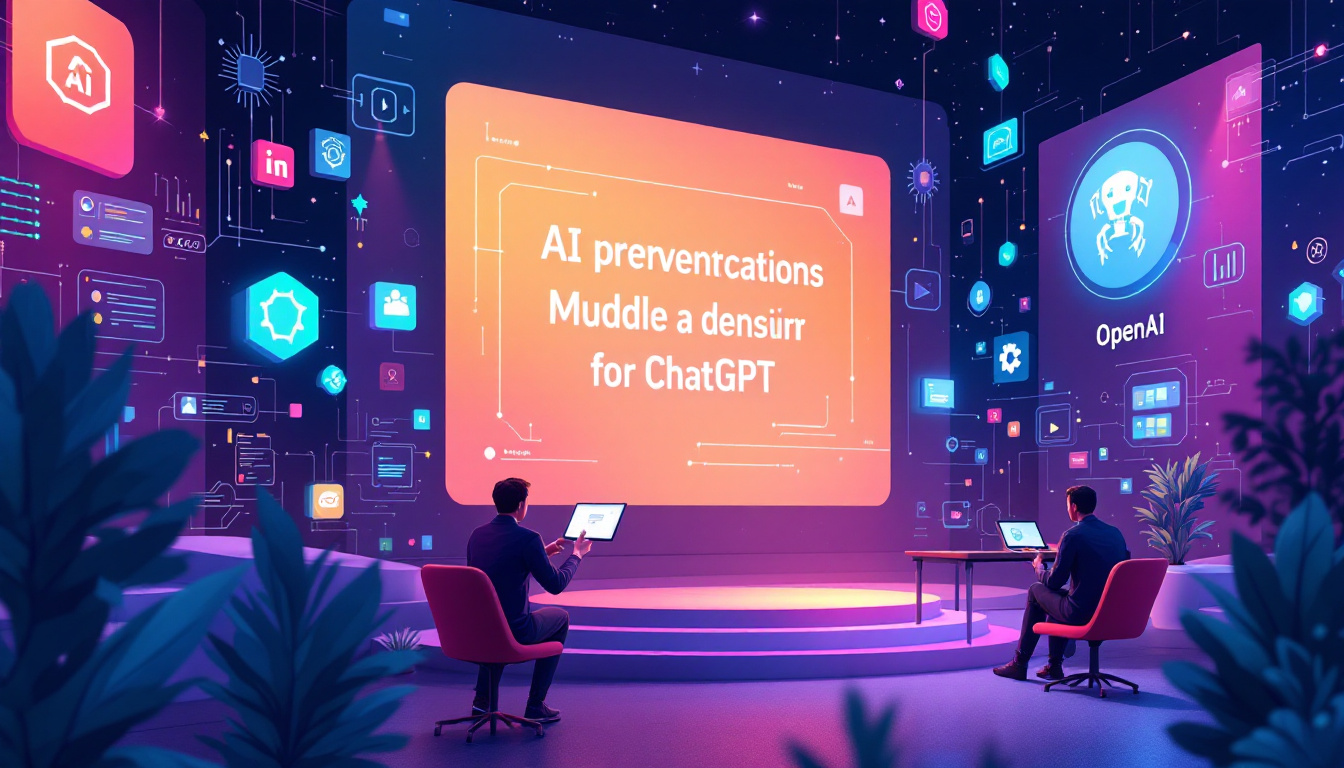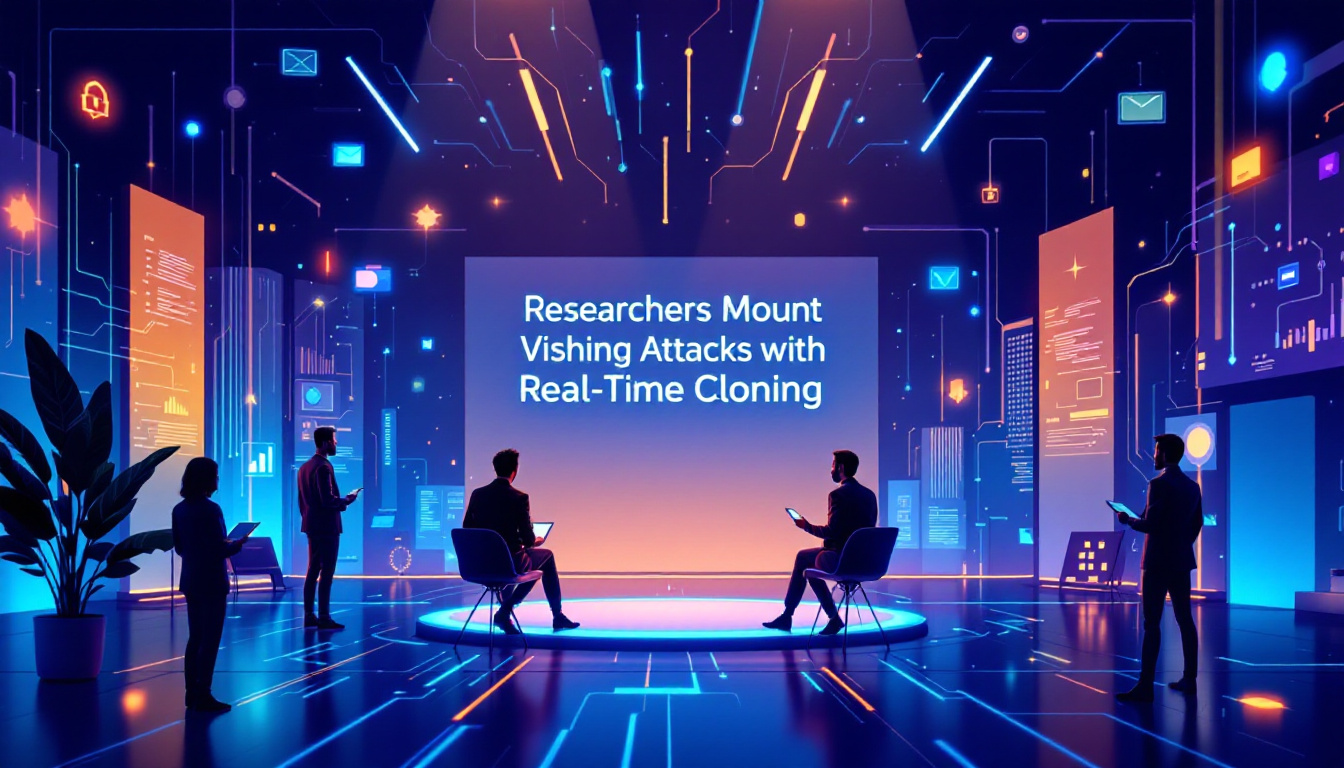Google's Latest AI Ransomware Defense Only Goes So Far
Ransomware attacks have become the modern-day boogeyman for businesses and individuals alike. With the potential to cripple operations and extort millions of dollars, these attacks are no longer a distant possibility—they're a looming inevitability. Enter Google, armed with its latest AI-powered ransomware defense system. It’s a promising step forward, but does it truly solve the problem? Or is it simply a sophisticated band-aid on a much deeper wound?
What Is Google's AI Ransomware Defense?
Google recently unveiled its advanced AI-driven solution aimed at detecting and mitigating ransomware threats. Leveraging machine learning models trained on terabytes of data, the system is designed to recognize malicious patterns before they inflict harm. In essence, it’s like having a cyber bodyguard who knows exactly when something sinister is about to happen—often before the victim even realizes they’re at risk.
The system integrates seamlessly with Google Cloud services, offering business users real-time protection. By analyzing behavioral anomalies and patterns in network traffic, it can isolate potential threats and prevent them from spreading. This proactive approach is a significant upgrade from traditional reactive antivirus software, which often only kicks in after the damage is done.
The Strengths: A Step in the Right Direction
Let’s give credit where it’s due—this is an impressive leap forward. Google's AI model isn’t just scanning for known ransomware signatures; it’s detecting behaviors that indicate malicious intent. This means it can catch zero-day threats—new, never-before-seen ransomware strains that traditional systems would likely miss.
For example, in a recent demonstration, Google's system identified an unusual spike in a user’s data encryption activity—a hallmark of a ransomware attack. Before the malicious software could encrypt the entire database, the AI flagged the activity, quarantined the affected files, and notified the administrators.
According to a Gartner report, AI-powered cybersecurity tools like Google’s are expected to reduce cyberattack success rates by up to 30% by 2025. That’s a significant margin in an industry where every second counts.
The Limitations: Why AI Alone Isn’t Enough
But here’s the catch—AI is only as good as the data it’s trained on. While Google's model is undoubtedly sophisticated, it’s not infallible. Cybercriminals are constantly evolving their tactics, often using AI themselves to outmaneuver defensive systems. It’s a high-stakes arms race, and no single technology can guarantee complete immunity.
Take the Colonial Pipeline attack in 2021 as an example. Even with advanced security protocols in place, hackers exploited human error—a weak password—to infiltrate the system. AI couldn’t prevent that because it wasn’t designed to address the human element of cybersecurity.
Moreover, reliance on AI can sometimes lead to a false sense of security. Organizations may become complacent, assuming the system will catch everything. This mindset can be dangerous, as it overlooks the need for multi-layered defenses and regular employee training.
What’s Missing? A Holistic Approach to Ransomware
Google's AI defense is a powerful tool, but it's just one piece of the puzzle. A truly robust ransomware strategy requires a combination of technology, human vigilance, and proactive planning. Here’s what that might look like:
- Employee Education: Regular training sessions to help employees recognize phishing emails and other common entry points.
- Data Backups: Maintaining secure, offsite backups ensures that even if ransomware strikes, you can restore your data without paying a ransom.
- Zero Trust Architecture: Implementing a "never trust, always verify" approach to network access can limit the spread of ransomware.
- Third-Party Audits: Periodic assessments by cybersecurity experts to identify vulnerabilities.
In short, AI should be part of a broader, multi-faceted defense strategy—not the sole line of defense.
Conclusion: A Promising Start, But Not the Endgame
Google’s latest AI-powered ransomware defense is a remarkable innovation, and it’s likely to set a new standard in cybersecurity. However, as impressive as this technology is, it’s not a magic wand. Ransomware is an evolving menace, and staying ahead requires constant adaptation, vigilance, and a holistic approach.
So, is Google’s solution a step forward? Absolutely. But it’s up to businesses and individuals to ensure that this step is part of a larger journey toward comprehensive cybersecurity.
FAQ
- What makes Google's AI ransomware defense unique?
- Unlike traditional systems, Google’s AI detects behavioral anomalies, allowing it to identify and stop threats before they execute.
- Can AI completely prevent ransomware attacks?
- No, while AI significantly enhances detection and prevention, a holistic approach that includes human vigilance and other security measures is essential.
- How can businesses complement AI-based defenses?
- By combining AI with employee training, regular backups, third-party audits, and zero trust architecture, businesses can build a more resilient defense system.


